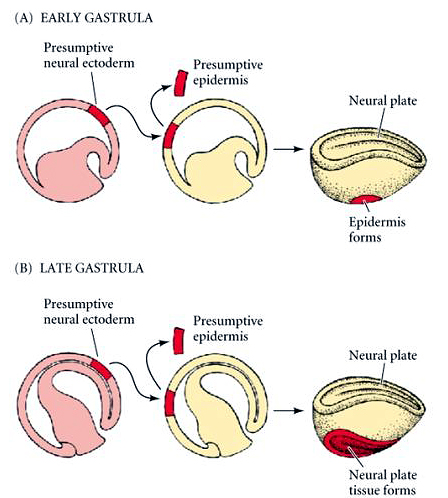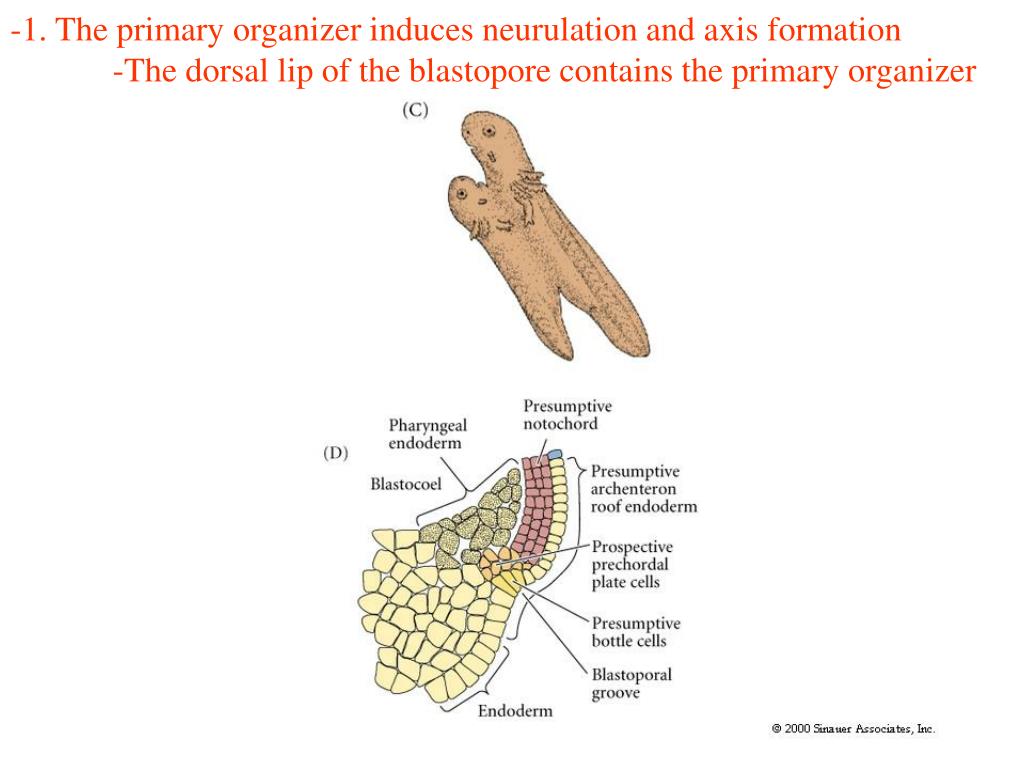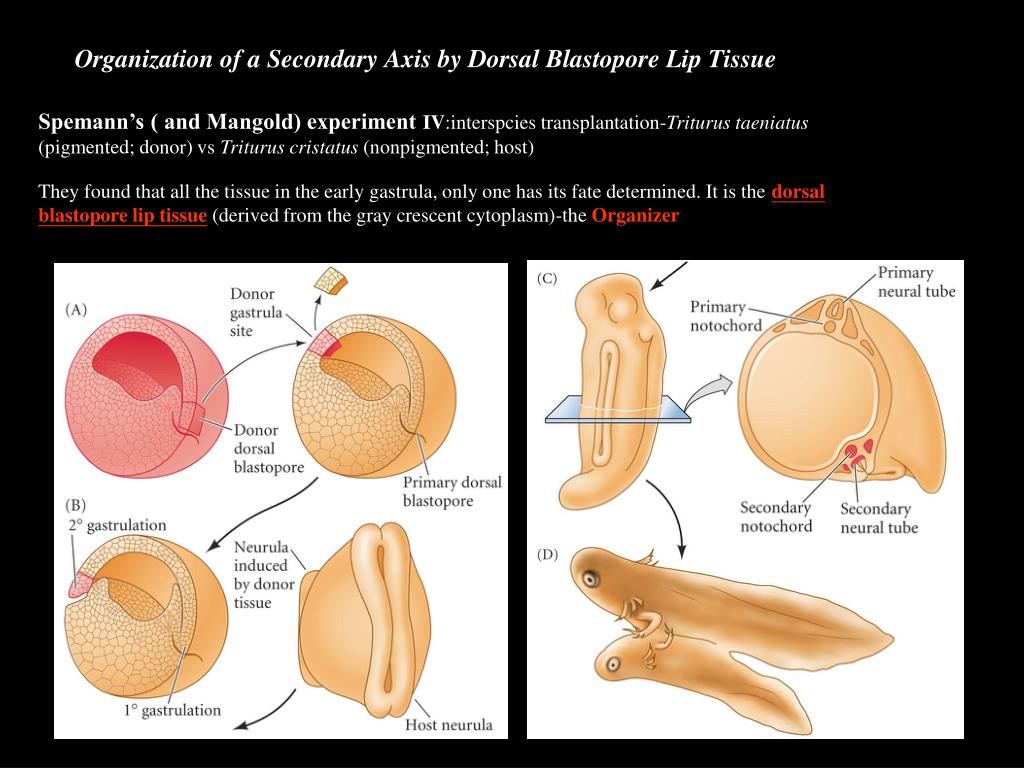

However, there are exceptions to this rule, and Spemann was drawn into embryology through the paradoxes of creating more than one individual from a single egg. Spemann found that when these two blastomeres are separated, only the blastomere containing the gray crescent develops normally.ġ0.3 Embryology and individuality. However, should this cleavage plane be aberrant (either in the rare natural event or in an experiment), the gray crescent material passes into only one of the two blastomeres. If these cells are then separated, two complete larvae develop. Moreover, the first cleavage plane normally splits the gray crescent equally into the two blastomeres. This area has been called the gray crescent. As we have seen in Chapter 7 and above, there are dramatic movements in the cytoplasm following the fertilization of amphibian eggs, and in some amphibians these movements expose a gray, crescent-shaped area of cytoplasm in the region directly opposite the point of sperm entry.

Fortunately, the salamander egg was a good place to test that hypothesis. Why should these two experiments give different results? One possibility was that when the egg was divided perpendicular to the first cleavage plane, some cytoplasmic substance was not equally distributed into the two halves. (A) When the egg is divided along the plane of first cleavage into two blastomeres, each of which gets one-half of the gray crescent, each experimentally separated cell develops into a normal embryo.

This tissue mass was a ball of epidermal cells (ectoderm) containing blood and mesenchyme (mesoderm) and gut cells (endoderm), but no dorsal structures such as nervous system, notochord, or somites ( Figure 10.18).Īsymmetry in the amphibian egg. The other side produced an unorganized tissue mass of ventral cells, which Spemann called the Bauchstück-the belly piece. The nuclei continued to divide on both sides of the constriction, but only one side-the future dorsal side of the embryo-gave rise to a normal larva. However, when Spemann performed a similar experiment with the constriction still longitudinal, but perpendicular to the plane of the first cleavage (separating the future dorsal and ventral regions rather than the right and left sides), he obtained a different result altogether. The cleavage on that side of the embryo reached (more.) (A) When the fertilized egg of the newt Triturus taeniatus was constricted by a ligature, the nucleus was restricted to one-half of the embryo. Spemann's demonstration of nuclear equivalence in newt cleavage. Spemann concluded from this experiment that early amphibian nuclei were genetically identical and that each cell was capable of giving rise to an entire organism. Twin larvae developed, one slightly older than the other ( Figure 10.17). Cleavage then began on this side, too, whereupon Spemann tightened the lasso until the two halves were completely separated. Eventually, often as late as the 16-cell stage, a nucleus would escape across the constriction into the non-nucleated side. He then partially constricted the egg, causing all the nuclear divisions to remain on one side of the constriction. His procedure was ingenious: Shortly after fertilizing a newt egg, Spemann used a baby's hair taken from his daughter to lasso the zygote in the plane of the first cleavage. The experiment that began this research program was performed in 1903, when Spemann demonstrated that early newt blastomeres have identical nuclei, each capable of producing an entire larva. More recently, the discoveries of the molecules associated with these inductive processes have provided some of the most exciting moments in contemporary science. The experiments of Spemann and his students framed the questions that experimental embryologists asked for most of the twentieth century, and they resulted in a Nobel Prize for Spemann in 1935. That such inductive interactions were responsible for amphibian axis determination was demonstrated by the laboratory of Hans Spemann at the University of Freiburg. Such interactions are called inductions (see Chapter 6). In Chapter 3, we discussed the concept of regulative development, wherein (1) an isolated blastomere has a potency greater than its normal embryonic fate, and (2) a cell's fate is determined by interactions between neighboring cells. Amphibian axis formation is an example of regulative development. Rather, they arise progressively through a sequence of interactions between neighboring cells. Vertebrate axes do not form from localized determinants in the various blastomeres, as in Drosophila. The Progressive Determination of the Amphibian Axes


 0 kommentar(er)
0 kommentar(er)
